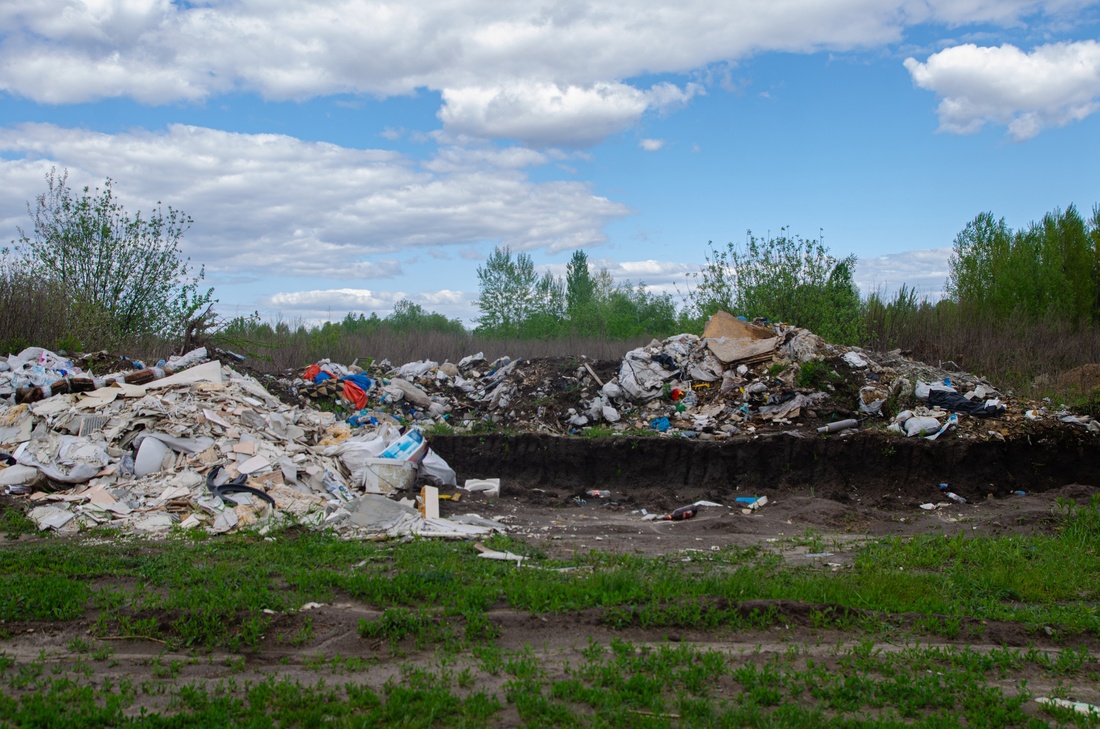
Introduction
The mature, selective membrane technology known as reverse osmosis (RO), has been used for decades to desalinate water. It is considered one of the most cost-effective and efficient methods of water purification. RO membranes can efficiently reject solutes but they also pass water at high rates under pressure. Nanofiltration (NF) on the other hand has a moderate rejection of total dissolved solids (TDS), at a lower operating pressure, thanks to porous membranes with a high surface charge.
In reality, RO and NF were developed following the following trends: 1-- Higher solute rejection, 2-– Lower energy consumption, 3-– Lower fouling susceptibility, and 4-– Longer membrane lifetime. These methods are chosen in the hand investigation of groundwater contaminated by radionuclides or heavy metal cations (HMC) because they have a high salt rejection.
There are many technical issues associated with the use of conventional methods such as chemical precipitation, softening, and coagulation/filtration (IERs) to remove radionuclides. This work evaluated the performance of RO (or NF) in rejecting naturally occurring radioactive material (NORM) under similar experimental conditions. To determine the best conditions for environmental safety, rejection efficiency, and cost-effectiveness, results from long-term laboratory and pilot testing were compiled.
The three NORM series that are most commonly responsible for radionuclide contamination of groundwater sources are thorium (uranium), thorium, and actinium. This work considers uranium (U238), radium (Ra226), Radon (Rn222), and radium(Ra228) from the uranium and thorium series.
ICP-AES (Perkin-Elmer Boston, USA) determined the concentrations of the ions. Radioisotopes Ra(NO3)2 (and UO2Cl2 (both radioisotopes) were obtained from the Regional Middle East Centre of Radioactive Isotopes in Cairo, Egypt. They were then analyzed using radio counting curtsey.
Six test cells were used to demonstrate the effectiveness of a laboratory experimental system that had circular turbulent agitation on the surface membrane coupons. The test circuit included a low-pressure pump and pressure gauge, cartridge filter as well as a flow meter, flowmeter, flowmeter, and thermostated feeding tank. Before use, membrane samples were dried and thoroughly rinsed in deionized water. Before testing, they were compacted with distilled water at 120 PSI until steady flux was obtained. The tangential cross-flow velocity was between 0.005 and 0.1 m/s, and the feed flux ranged from 120 to 780 l/m .d.
The present study used thin-film composite NF and RO membranes of polyamide chemistry, GE/Osmonics, in cell testing coupons and as pilot tests in the 4'' membrane elements.
Radionuclides are removed by IERs
Dow Chemical Company USA supplies the following resins:
1.
DOWEX HCR/S
CER is a high-capacity strong acid cation exchange (CER) resin. Its matrix is made of Styrene -- DVB Gel and its fixed functional group are sulfonic. Its exchange potential in Na + forms is 1.9 eq/l.
2.
DOWEX 21K 16/30
Strong base anion exchange resin (AER). Its matrix is made of Styrene-DVB gel, and its fixed functional group is a quaternary amine. Its exchange potential in the Cl - form =1.2 eq/l.
The IER columns had a 3 ft bed depth with resin beads and a cross-sectional area of 1 ft 2. Raw water was added at 15 GPM. The percentage of radionuclides removed was determined by the water pH and the ionic form (Na+, H+, or Ca2+) of the resin.

Discussion and results
These results show that the conventional physical methods such as ion exchanging, adsorption onto specific adsorptive medium, and coagulation as well as chemical methods like softening, chemical precipitation and chemical precipitation perform better than those of selective membrane processes RO or NF.
Radionuclides can be removed by ion-exchange resins (IERs).
Dowex 21 K 16/30 and Dowex HCR S/S, respectively, were used to treat groundwater samples contaminated by cation exchange resins. For chemical analysis and radioactive count, samples of product water were taken from the resin columns periodically to determine the number of radionuclides and hardness components. The removal of radiations in the range of 85 to 95% was measured. The following disadvantages were found in this method compared to membrane-based methods:
*
Invariably, strong interference of other polyvalent ions with the separation of radionuclide was observed. This is especially true for ions with similar physicochemical behaviors, such as interference of hardness Cations Ca2+ and Mg2+ with the rejection of R2 +, both of which are alkaline earth metals. Comparing the uptake of Ra2+ in the absence and presence of Ca2+ confirmed that CER is more effective for heavier radioactive cations. This is partially offset by the higher concentration of Ca2+ and the 24% decrease in Ra2+ rejection due to interference. Parallel Ca 2 and removal cannot always be avoided. This means that a larger system is needed to ensure efficient contaminant removal. This increases the IER's process costs.
*
The radioisotope is absorbed into the IER, and the high affinity of resin to it makes subsequent resin regeneration difficult. NaCl at 10% was able to remove 23% of the radioisotope. Sorg had previously recommended that successive elution with 4% NaCl and 1 N HCl was used to achieve slightly better regeneration. Both processes failed to remove all radium that accumulated on the IER. The percent of regeneration was only slightly improved by using a higher NaCl solution at a lower concentration and/or increasing the time for regeneration. This is because the Ra 2 + ion is large and poorly hydrated, which would make it difficult to locate in the resin phase's hydrophobic areas. The results of this work revealed that it would take large amounts of regenerating products to remove 100% of the uranium.
*
The IERs are not able to separate contaminant ions steadily. This decreases as the contaminant breaks through close to resin exhaustion.
*
The process is not continuous. Resin regeneration requires periodic shutdown.
*
For periodic resin regeneration, which is rarely complete, it is necessary to have large amounts of concentrated brine and other chemical regeneration chemicals. The contaminated solution must then be disposed of.
*
The results of IERs separations of uranium (U238) revealed a high dependency on pH value and ionic forms of the resin. At the same acid pH of 70 mg/l U238, 93% removal was achieved by the H+ form of CER, while 68% was achieved for the Ca2+ form. A lower level of removal was observed at pH 6.0. AER demonstrated higher removal at pH 7.6. Higher pH values (above 10.5) resulted in higher separation rates with CER. The rejection behavior of NF, or dark bars, was higher than the rest, and more consistent across the entire pH range. It was slightly lower at pH 6.0.
